Naturally, I thought this exercise was ridiculous.
To start, making one outfit out of recyclables is ambitious and arduous. It doesn’t just require the ability to sew, but also the knowledge of what materials work well with others; whether they require certain treatment before being put together into an outfit, and how much of these recyclables I’d already need to have lying around the home.
Secondly, I couldn’t help thinking: climate change is a real threat to our environment, and one outfit is hardly going to reduce anyone’s carbon footprint in a significant way.
In fact, the novelty of making an outfit from scratch might just eclipse the importance of serious environmental issues. Frankly, this sounded like a PR disaster in the making.
And so I got in touch with Raye Padit from The Fashion Pulpit, a company that’s committed to sustainability and style in equal measure. This would ensure a total amateur like myself could approach this topic sensitively and effectively.
Raye patiently explained that some people who possess unbridled enthusiasm for turning recyclables into fashion might expect their final product to look professional. Unfortunately, the reality often resembles a kindergarten project.
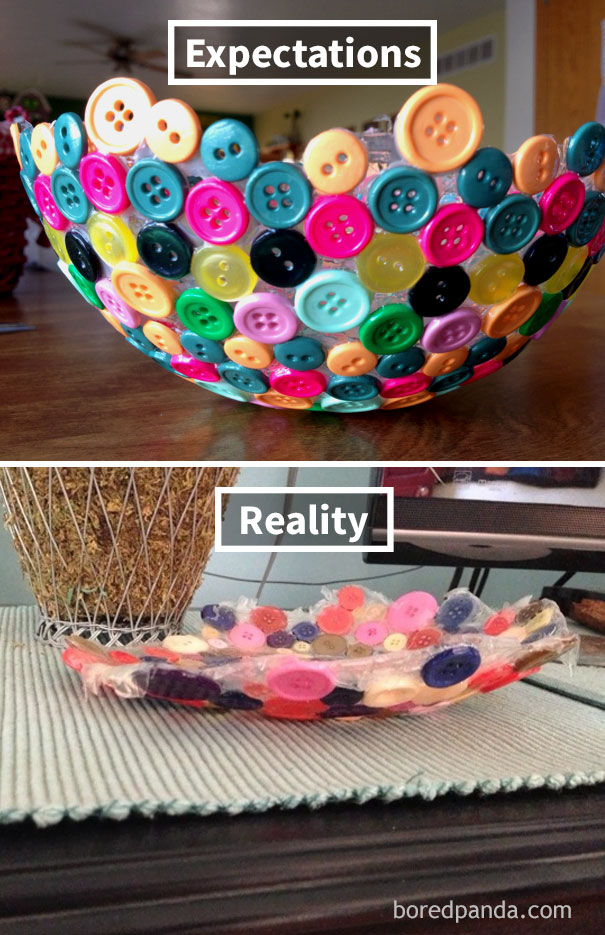
On the other hand, ‘upcycling’ includes ‘repairing’ old clothes or turning them into a different piece of clothing. For example, an old pair of jeans could be turned into shorts.
I saw Raye’s point. While I’m all for saving the earth through tiny individual steps across all aspects of our lives, asking an amateur to craft an entire outfit from scratch sounds more laborious than productive. I was also skeptical how this exercise would be more meaningful and effective than trying to reduce my use of single-use materials.
Nonetheless, being environmentally conscious involves a long-term commitment to your future by making your present better for yourself. So I decided to try.
Upcycling, that is. It seemed much more straightforward.
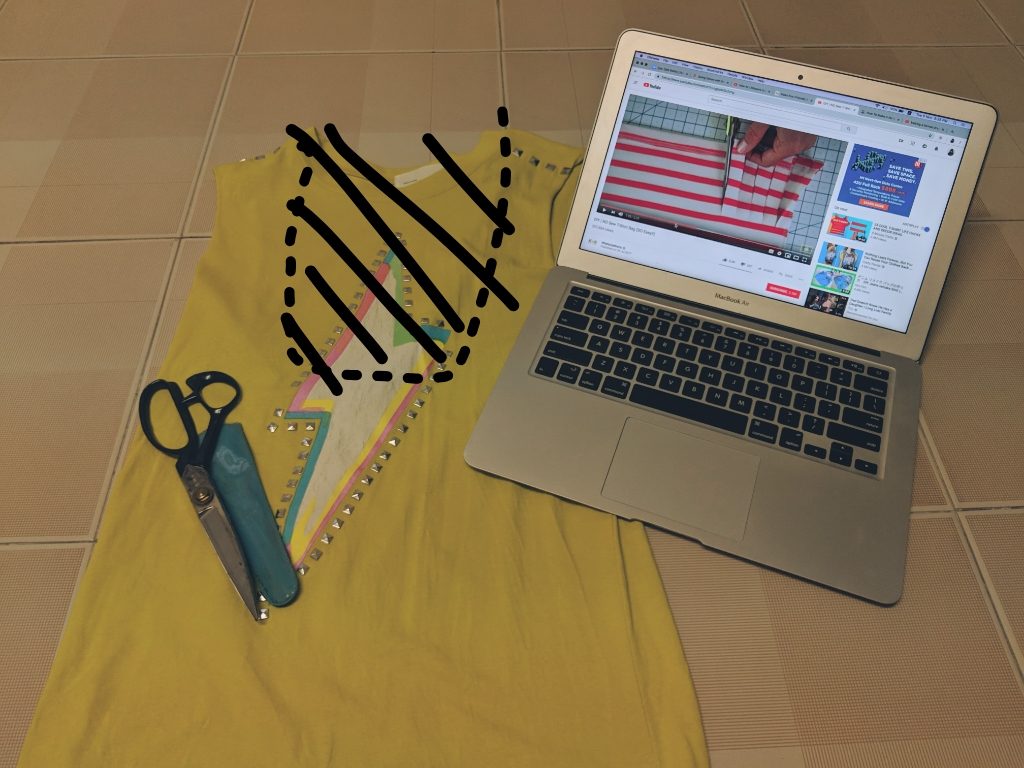
The second thing I do is decide to turn an old shirt into a tote bag.
Online tutorials claim that this project is easy because it doesn’t require any sewing. But what this seemingly ‘straightforward’ task doesn’t mention is that searching for an appropriate shirt is half the challenge. It’s crucial that the shirt’s print doesn’t sit too close to the neckline, especially if you want it to appear on your final tote.
Eventually, I come across an old, shapeless shirt that’s perfect for the first round of experimentation.
Step 1: Cut the sleeves off, as well as a deep hole in the neckline to create the basic shape of the tote bag.


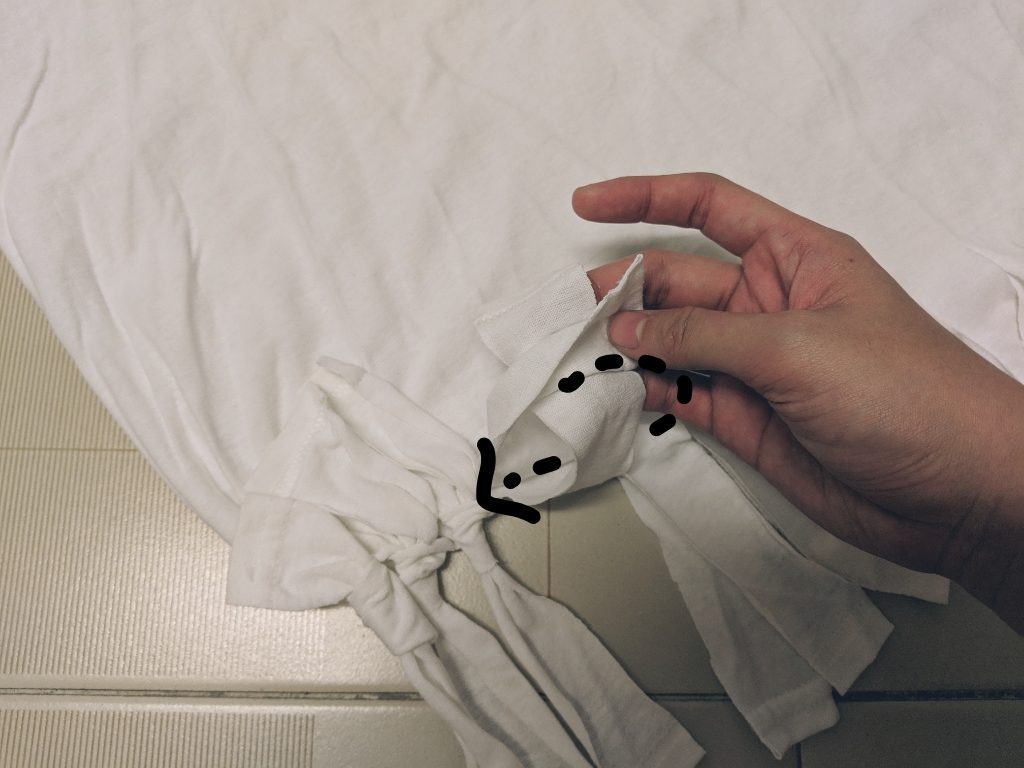
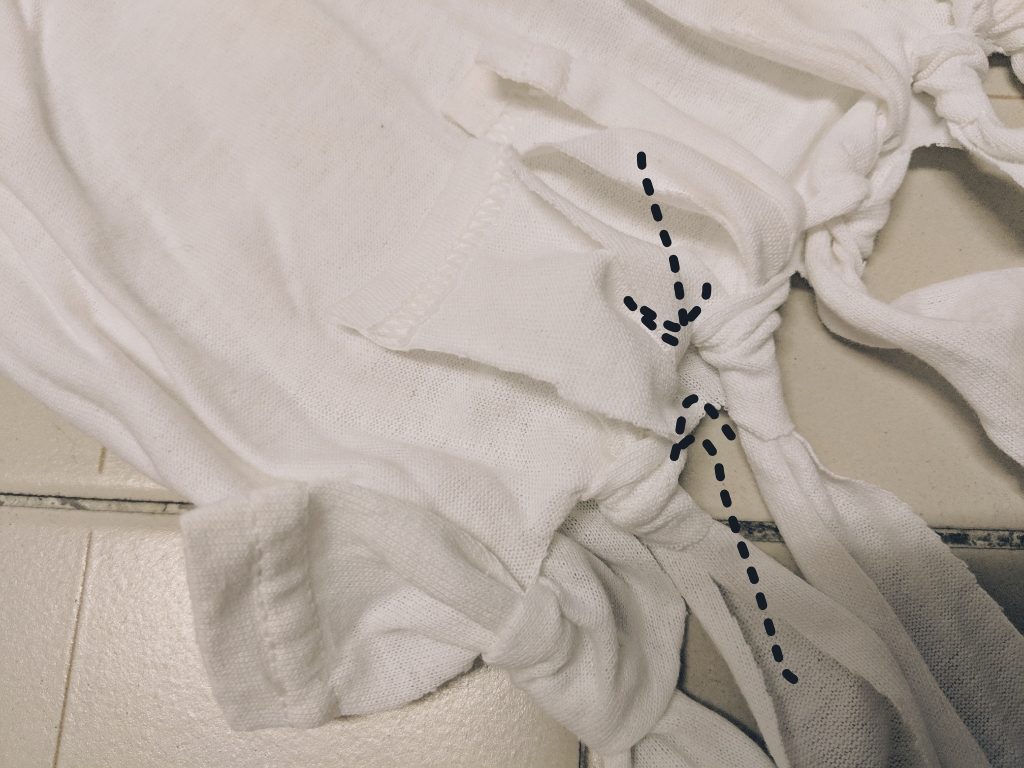
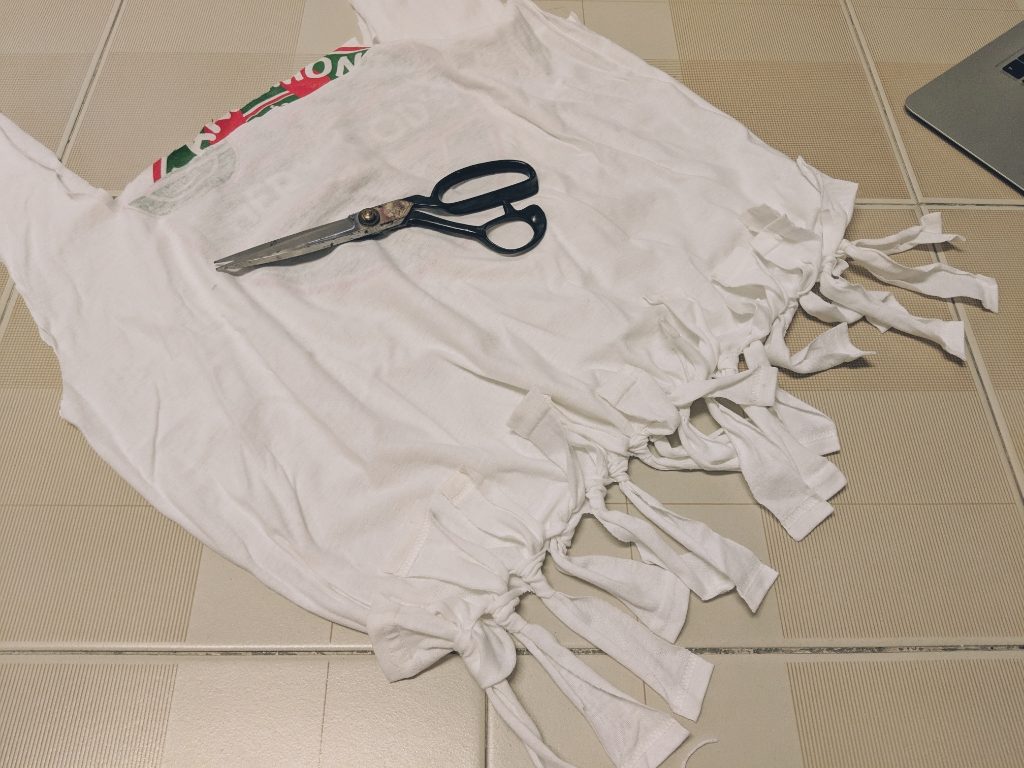
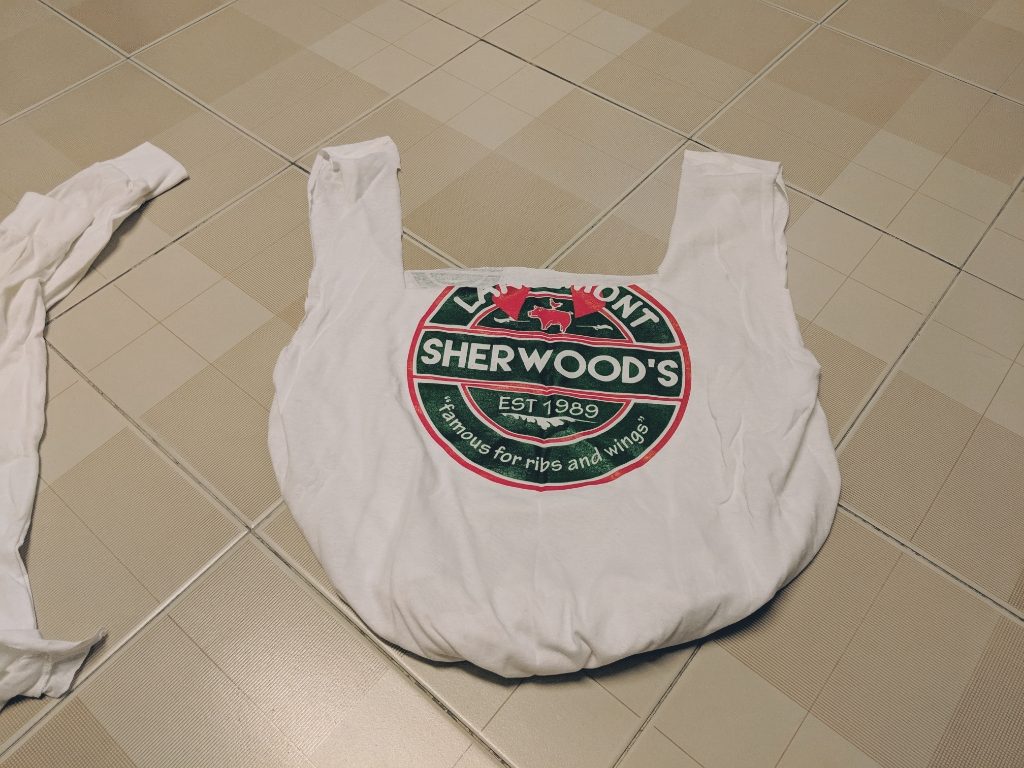
Step 6: Success! … somewhat.
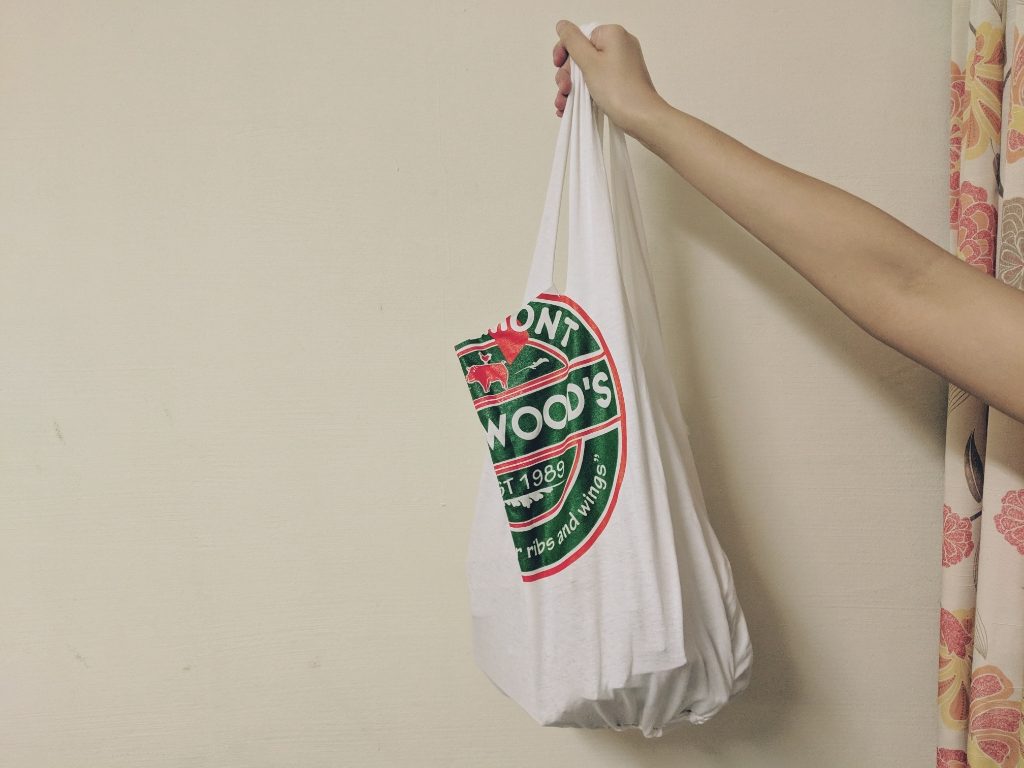
The craftsmanship is shoddy, the handles and opening of the tote bag are frayed. It is ridiculously shapeless, as though the original shirt could get any worse. And because of the placement of the handles, the print will always sit awkwardly on the side of the tote when it’s carried. The only solution is to use a shirt that comprises just one colour or pattern to make sure the print is ‘evenly distributed’.
Just like that, my first oversight comes to fruition: if the final product doesn’t make you want to use it, then the recycling and/or upcycling is pointless. All the effort spent would have merely been a futile attempt to recycle or upcycle for the sake of doing so, without consideration for smarter and more effective methods to reduce one’s carbon footprint.
Besides, the average person could just decide that buying a whole new bag is more worthwhile.
Why save the earth when you can save time?
This latest realisation almost snuffs out my enthusiasm for recycling and upcycling. I recall how, despite my disdain for Home Economics, I had jumped into this experiment with fervour. Now here I was, stressed, depressed, and far from being well dressed anytime soon, if my final ‘product’ was anything to go by.
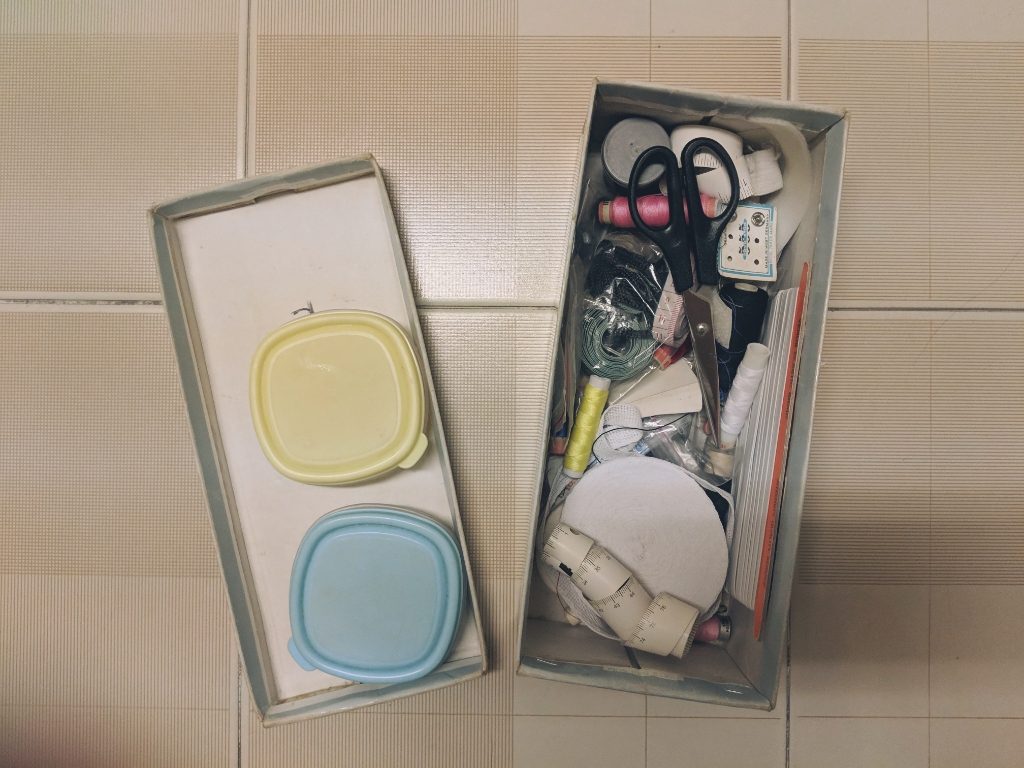
Take plastics. If I’d wanted to make something I’d actually use, like a skirt or a pouch, I would have needed a sewing machine, as well as professional sewing and fashion design skills. But spending what feels like an inordinate amount of energy just to prove a point is unwise and impractical.
If you want to practise recycling regularly, adjust your expectations. With old clothes, learning how to sew a button or hem a frayed stitch may be comparatively miniscule actions, but they are infinitely better solutions than tossing out the entire outfit.
Likewise with recyclables: it’s convenient to get so caught up in lofty ideas of transforming plastic, we forget that reducing our use of single-use plastics in the first place can be most effective.
After all, it is arguably our individual actions that inspire people around us to do the same.
My family has never been vocal advocates for the environment. Yet I think of how we don’t have air-conditioning at home; how my father washes every plastic container that hawkers give him so he can reuse them; how my sister makes an annual commitment to practise mindful consumerism and not purchase anything unnecessary; how my mother often chides me if I forget to switch off the electricity when I leave a room.
Sure, I may have failed to make a cool skirt out of plastic bags or adhered to the original brief of turning recyclables into fashion. But at least now I know what eco-conscious tactics don’t work for me.
As for my dire lack of sewing skills, my parents will just have to find something else to market their daughter to potential suitors.
For a start, I suggest my commitment to reducing my use of single-use plastics.
Pledge your commitment to #RecycleMoreWasteLess here.








